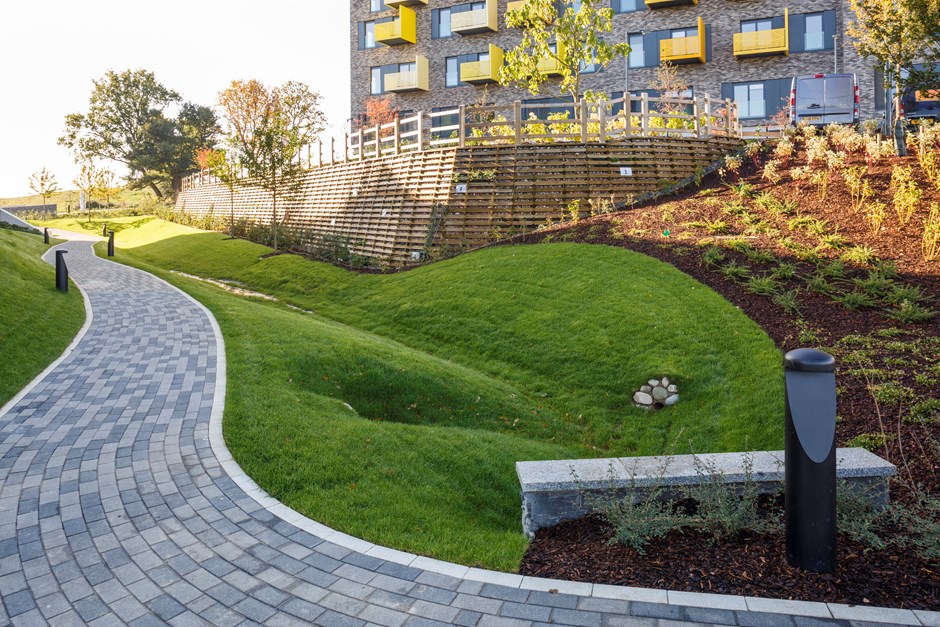Planning requirements
Essex County Council became statutory consultations on all major developments in regard to surface water drainage on 15th April 2015. The Sustainable drainage systems: Written Statement (HCWS161) should be read in conjunction with policy in the revised National Planning Policy Framework (NPPF) (paragraphs 159 to 166) in 2021, advice in the Planning Practice Guidance – Flood Risk and Coastal Change, and the CIRIA SuDS Manual C753.
Furthermore, to assist local planning authorities in their determination of an application as to whether their prior approval is required for a change of use of agricultural buildings, or a change from office to dwelling houses in an area at risk of flooding, the applicant should provide with their application an assessment of flood risk. This should demonstrate how the flood risks to the development will be managed so that it remains safe through its lifetime.
On 24 March 2015, the Government laid a statutory instrument making the Lead Local Flood Authority (LLFA) a statutory consultee in relation to these major applications which applies from 15 April 2015. As part of this role, in advising on ‘surface water’ the LLFA will consider surface water flood risk to and from the development as well as the provision of appropriate SuDS in line with best practice and the criteria outlined in this guide.
The Town and Country Planning (Development Management Procedure) (England) Order 2015 defines a ‘major development’ as any development involving one or more of the following:
- The winning and working of minerals or the use of land for mineral-working deposits
- Waste development
- The provision of dwelling houses where
- the number of dwellings to be provided is 10 or more
- the development is to be carried out on a site having an area of 0.5 hectares or more and it is not known whether the development falls within sub-paragraph 3i)
- The provision of a building or buildings where the floor space is to be created by the development is 1,000 square metres or more.
- Development carried out on a site having an area of 1 hectare or more
It should be noted that the acceptance of flows from specific areas of development site may be subject to approval from the adopting organisation. Before making an application please speak to the relevant adoption bodies first.
This guide forms the local standards for Essex and, together with the National Standards, strongly promotes the use of SuDS to help reduce surface water runoff and mitigate flood risk. It also strongly promotes the use of SuDS as they greatly benefit:
- Water quality – SuDS can help prevent and treat pollution in surface water runoff, protecting and enhancing the environment and contributing towards Water Framework Directive objectives.
- Amenity – SuDS can have visual and community benefits for the community.
- Biodiversity – SuDS can provide the opportunity to create and improve habitats for wildlife, enhancing biodiversity, and enable multi-functional green infrastructure.
Page updated: 22/10/2021
